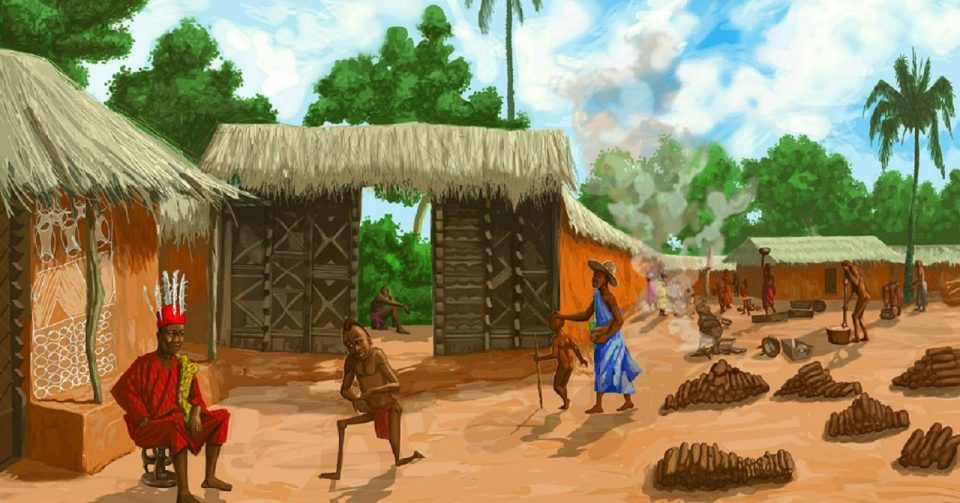(TT) – The “Isee” response is mostly originated around the present-day Anambra area that has, over the years, circulated and popularized it to other Ìgbò parts since the mid 20th century.
“Ka ọ dịlị gị na mma!”
And you respond with “Isee!”
You are affirming the 5 (Ise) stages of an untainted, regular and noble Ìgbò life: Ọmụmụ (birth), ntonite (puberty), ịnụ nwaanyị/di (marriage), ichi ọzọ/echichi (oath and title-taking) na ọnwụ (death).
And those make up your aka ise (the five unequal fingers that begin with a small one and end with the smallest, signifying, in my reflection, how small we come to life and how diminished we return to Ànà). And the cycle continues into your ịnọụ̀wà asaa (7 reincarnation cycles).
The “Isee” response is mostly originated around the present-day Anambra area that has, over the years, circulated and popularized it to other Ìgbò parts since the mid 20th century. We must not forget that there are/were variants to “Isee”, such as “Ọhọ!” (Used in Nsụka areas) or “Iyaa!” (used also in the Nri-influenced areas and mostly among men) and other responses.
My guess as to why “Isee” has outmatched others in popularity is that as Christianity penetrated and weakened the Ìgbò further, the open and regular use of Ọfọ at public and communal spaces and functions got eroded too together with the words spoken to/at/with the Ọfọ.
Note that before the pervasive influence of Christianity, ụmụ nwaanyị ndị Ìgbò na-echi echichi nke fa dịka ndị gbulu ọdụ. A few still do till now as it was traditionally done while many others (the Christians) engage in the ridiculous echichi ndị ụka (via Christian Mothers associations) where they are given such titles as “Ezi nne, Nne ọma, Nne okwukwe” and other laughable titles that glorify and accentuate the dominance of the church but never the Land.





